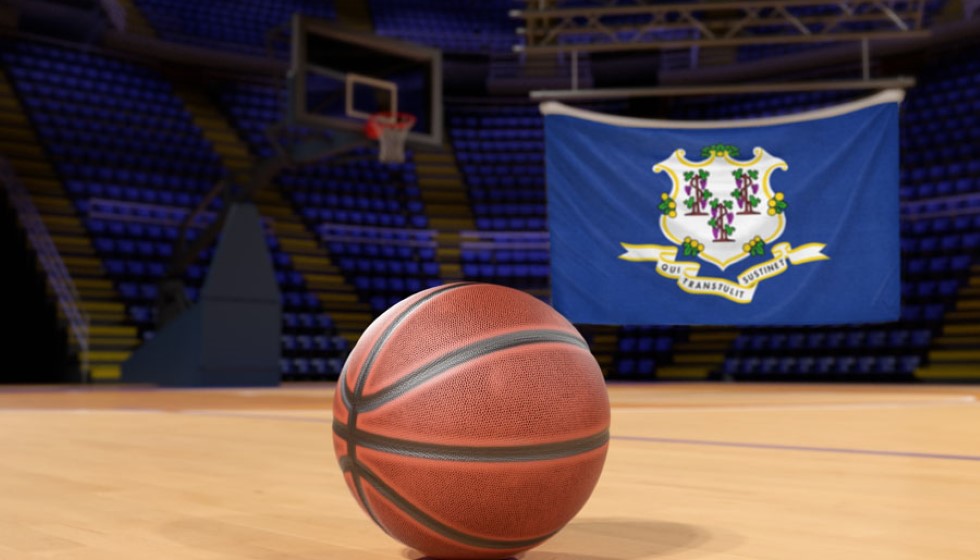
Brandon Ingram remains a cornerstone for the New Orleans Pelicans, with both the franchise and the player committed to continuing their partnership. However, the evolving financial landscape of the NBA adds layers of complexity to maintaining this relationship.
The Commitment to Ingram
As David Griffin, the Pelicans' executive vice president of basketball operations, emphasized, "I think from a relationship standpoint, we've been really clear we'd prefer Brandon stays with us and Brandon's been pretty clear he prefers to stay with us. At the same time, there is a financial reality to this... we’re committed to each other." This mutual commitment between player and team sets the stage for an ongoing partnership, yet it also frames the challenges ahead.
Ingram is slated to earn $36 million for the 2024-25 season and is eligible for an extension worth up to $208 million over four years. However, the Pelicans have opted to hold off on offering this substantial extension. Griffin elaborates on the financial nuances, stating, "In some markets, you don't have to make any decisions: You get a max, and you get a max, and you get a max, and you hoard talent. We're not that market." This underscores the strategic considerations faced by smaller market teams like New Orleans.
Financial Constraints and Trade Scenarios
The new collective-bargaining agreement (CBA) introduces further complications. It includes restrictions on salary management for teams exceeding specific payroll thresholds—$178.1 million for the first apron and $188.9 million for the second apron. Teams over the second apron, for instance, cannot aggregate multiple players' salaries in trades. This positions teams like the Pelicans in a delicate balancing act, managing talent retention and financial limits.
While both the Pelicans and Ingram's camp have reportedly explored potential trade scenarios involving a max extension with other teams, no moves have materialized. Griffin's reflections paint a picture of pragmatic decision-making: "When you don't have to pay them, you want all of them. And then when you actually have to hand them $50 million a year, mechanically, it gets complicated." It's these financial mechanics that often dictate player transactions and team compositions in today's NBA.
Injuries and Team Dynamics
Ingram's journey with the Pelicans hasn't been without its hurdles. Initially, he made a significant impact by attempting 4.2 catch-and-shoot 3s per game, converting an impressive 42% of those attempts. However, these numbers have declined over the years. More recently, Ingram hyperextended his left knee a few weeks before the end of the last regular season. Adding to the team's woes, Zion Williamson suffered a season-ending injury during the play-in tournament.
Despite these setbacks, the Pelicans have made several roster changes aimed at enhancing their competitiveness. The acquisition of Dejounte Murray from the Atlanta Hawks is a key move. Conversely, they had to part ways with Jonas Valanciunas in free agency and lost Larry Nance Jr. in the Murray trade. To bolster their frontcourt depth, the Pelicans are counting on contributions from Daniel Theis, rookie Yves Missi, and Jeremiah Robinson-Earl.
Griffin candidly acknowledges the unique challenges faced by the team: "So we gotta make choices, right?... we’re going to have to do this in a really unique way. And I think we’re pretty committed to playing small." It's clear that the team is navigating a careful path, relying on strategic adjustments and the versatile skill sets of their players.
The Road Ahead
Significantly, Griffin remains optimistic about the strengths and potential of the Pelicans despite their challenges. "I understand that everybody looks at the situation and goes, 'They’re missing this, they’re missing that,' but we also have a lot of strengths that we want to lean into," he asserts, highlighting a determination to capitalize on the team's existing assets while navigating the constraints of the NBA's financial and competitive landscape.
Ultimately, the road ahead for the New Orleans Pelicans is one paved with strategic decision-making and a clear-eyed understanding of their unique market constraints. As they juggle the intricate balance of managing their star players, adhering to new financial rules, and striving to remain competitive, the Pelicans' commitment to Brandon Ingram remains a pivotal element of their identity and future plans.